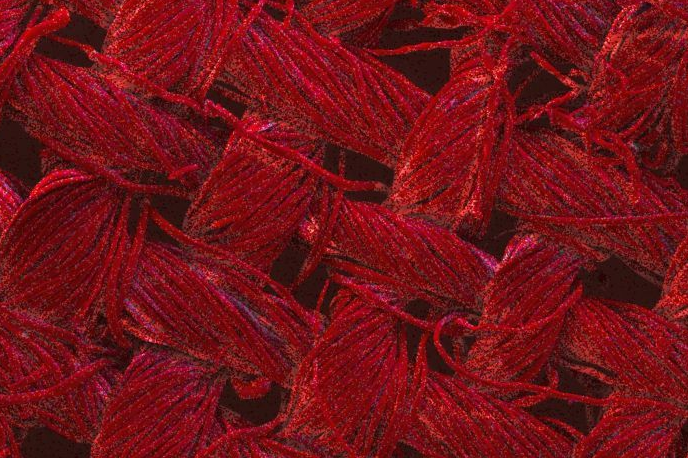Today’s washing machines use a whopping 27 gallons of water to wash a single load of clothes. In the near future, we’ll not only be saving ourselves time and money, but also making a huge environmental step forward in how we clean clothes thanks to a new nanotech breakthrough.
New research out of RMIT University in Melbourne, Australia has developed a cost effective and efficient new method for cleaning clothes that builds the cleaner right into the garment. By growing special nanostructures capable of degrading organic matter when exposed to sunlight directly onto a textile, scientists hope to eliminate the washing process entirely.
Just imagine that spilling something on your shirt would require only stepping into the sunlight to have the shirt eliminate the stain. While this sounds like science fiction, research into smart textiles has been going on for some time now, and this latest breakthrough could have practical applications for catalyst-based industries such as agrochemicals, pharmaceuticals and natural products. The technology could also be scaled up to industrial and consumer applications in the future.
“The advantage of textiles is they already have a 3D structure so they are great at absorbing light, which in turn speeds up the process of degrading organic matter,” said Dr. Rajesh Ramanathan, lead researcher on this exciting project.
The particular nanostructures capable of absorbing light are copper and silver based varieties. When exposed to light, the structures receive a boost that makes them release “hot electrons,” which can degrade organic matter.
We’re not quite at the stage of throwing out our washing machines just yet, though. The next step is for researchers to test these nanostructures in combination with organic compounds more relevant to consumer apparel. How would these hot electrons stand up to the dreaded ketchup or wine stain?
For more on this exciting breakthrough, check out the findings, presented in the journal Advanced Materials Interfaces. Stay tuned for progress on this “strong foundation for the future development of fully self-cleaning textiles.”
Photo: RMIT University
